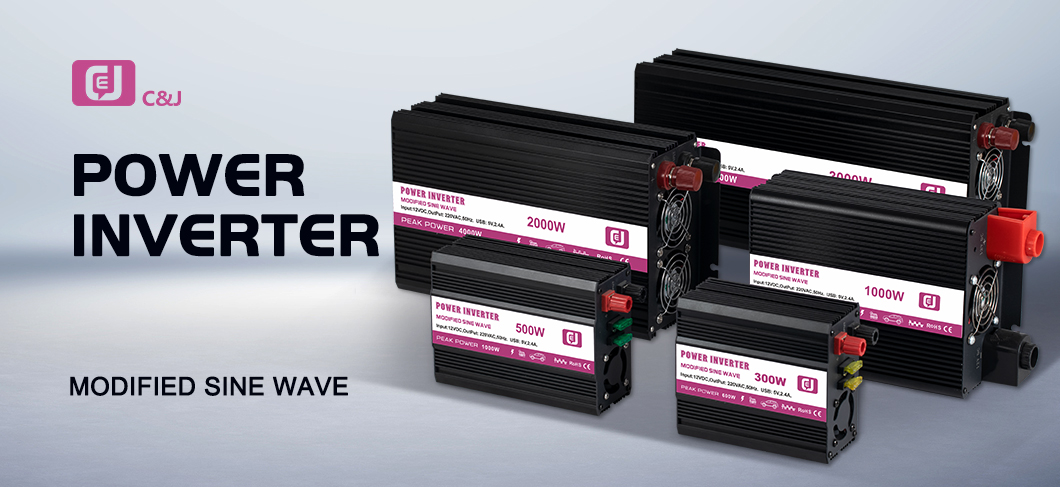Introduce:
In today’s world, with growing environmental concerns and rising energy costs, finding innovative ways to generate and use electricity efficiently is more important than ever. One popular technology is the modified wave inverter, a device that converts direct current into alternating current with significant energy saving potential. In this blog post, we explore how retrofitting wave inverters can contribute to a sustainable future and revolutionize the way we use electricity.
Learn about modified wave inverters:
To grasp the concept of modified wave inverter, you must first understand the basic functions of a traditional inverter. An inverter is a device that converts direct current (DC) electricity, usually from solar panels or batteries, into alternating current (AC) electricity. AC power is the power source that our homes, offices, and electronic devices rely on to run.
A standard inverter produces a smooth and consistent AC waveform called a sine wave. However, modified wave inverters (also called square wave or modified sine wave inverters) produce waveforms that are not as smooth as sine waves. Still, they are capable of providing ample power for most electronic devices.
Benefits of retrofitting wave inverters:
1. Cost-effective solution: Compared to pure sine wave inverters, modified wave inverters are generally cheaper. This makes them a practical option for those looking to integrate a renewable energy system into their home or business without spending too much money.
2. Versatility: Modified wave inverters can easily power a variety of household appliances and electronic devices, from refrigerators, TVs, and laptops to power tools and small devices. This convenience makes them suitable for residential and industrial uses.
3. Energy Efficiency: While modified wave inverters may not provide an exact replica of a pure sine wave, they are still very effective at converting DC power into usable AC power. By minimizing energy losses during conversion, they help reduce electricity consumption and overall energy waste.
4. Extended battery life: These inverters have been proven to be compatible with various battery types, including lead-acid and lithium-ion batteries. By converting electricity more efficiently, modified wave inverters can extend the life of these batteries, helping to enhance energy storage systems and reduce the need for frequent replacement.
Potential for a sustainable future:
1. Promote the adoption of renewable energy: Modified wave inverters, with their affordability and versatility, can encourage more individuals and businesses to invest in renewable energy solutions such as solar panels and wind turbines. By maximizing the production of these clean energy sources, we are one step closer to reducing our dependence on fossil fuels and transitioning to a low-carbon future.
2. Empowering off-grid solutions: Modified wave inverters can completely change off-grid life. Remote areas with limited or no access to electricity can benefit from renewable energy systems supported by these inverters. They power lighting, communications equipment and even medical equipment, opening up new possibilities for improving living conditions and closing the energy gap.
3. Reduce environmental impact: By promoting the adoption of renewable energy through modified wave inverters, we contribute to creating a cleaner and greener environment. Reducing carbon emissions and reducing reliance on non-renewable resources helps combat climate change and promote sustainable ecosystems for future generations.
In summary:
In summary, improvements in wave inverters are a promising avenue to improve energy efficiency and promote sustainable practices. With their cost-effectiveness, versatility, and potential for efficient use of renewable energy, modified wave inverters have the power to revolutionize the way we generate and consume electricity. By embracing these advances, we can accelerate the transition to a more sustainable, cleaner future.
Post time: Dec-11-2023


